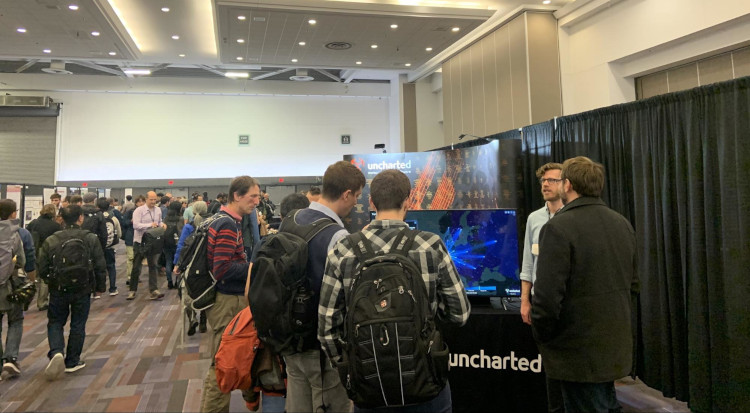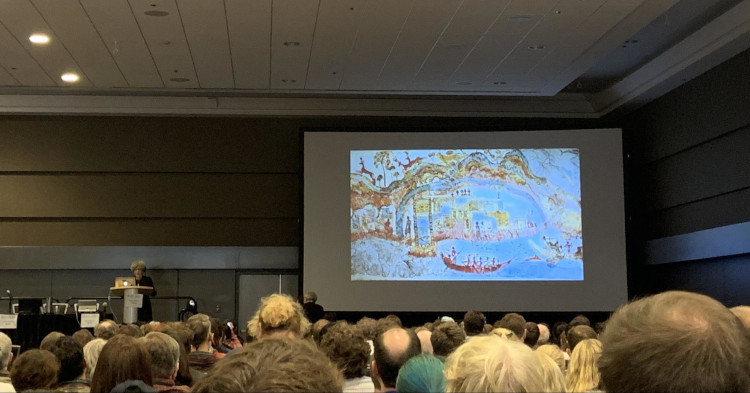This October, Uncharted was once again a proud sponsor of IEEE VIS, the premier academic conference for the art and science of information visualization. As always, VIS 2019 gave us the opportunity to connect with leading researchers and practitioners from universities, government, and industry. At this year’s conference, held in beautiful Vancouver, the community coalesced around two pressing topics from recent years: interpretability of artificial intelligence (AI) systems and mitigation of both AI and cognitive biases when conducting analytical tasks.

One of the most exciting workshops we attended was the 2nd Workshop on Visualization for AI Explainability. For a whole day, participants deliberated on the capacity of visualization to bring insight into the complexity of AI systems and concepts. What made this workshop unique was that all the sessions included visual and interactive “explorables.” Using traditional and well-known visualization and interaction techniques, explorables make AI techniques such as gradient boosting models easier to grasp by non-AI experts. However, they also got us wondering: how should explorables be designed? How much complexity can they convey? We might be witnessing the future of communicating research findings.
At Uncharted, we create visual analytics tools that help analysts make better decisions. Driven by our commitment to this goal, we also enjoyed Emily Wall’s presentation on mitigating cognitive bias in decision-making using visualization tools. Grounded on mitigation strategies from both intelligence analysis and existing visualization research, Toward a Design Space for Mitigating Cognitive Bias in Vis describes how visual analytics tools can improve decision-making by compensating for common cognitive errors. One of the most interesting takeaways from this talk was thinking how we as designers and builders of visual analytics tools can mitigate cognitive biases without hindering the user experience.

VIS 2019 concluded with Johanna Drucker’s capstone Visualizing Temporality and Chronologies for the Humanities. Bringing her unique experience in digital humanities, Drucker tasked the visualization community to expand our vocabulary by incorporating epistemological principles from humanistic thought such as nonlinear temporality dependent on human perception of time. The ability to encode different human perspectives in our visualizations is indeed one of the biggest challenges facing our community, and one we’re eager to accept!
